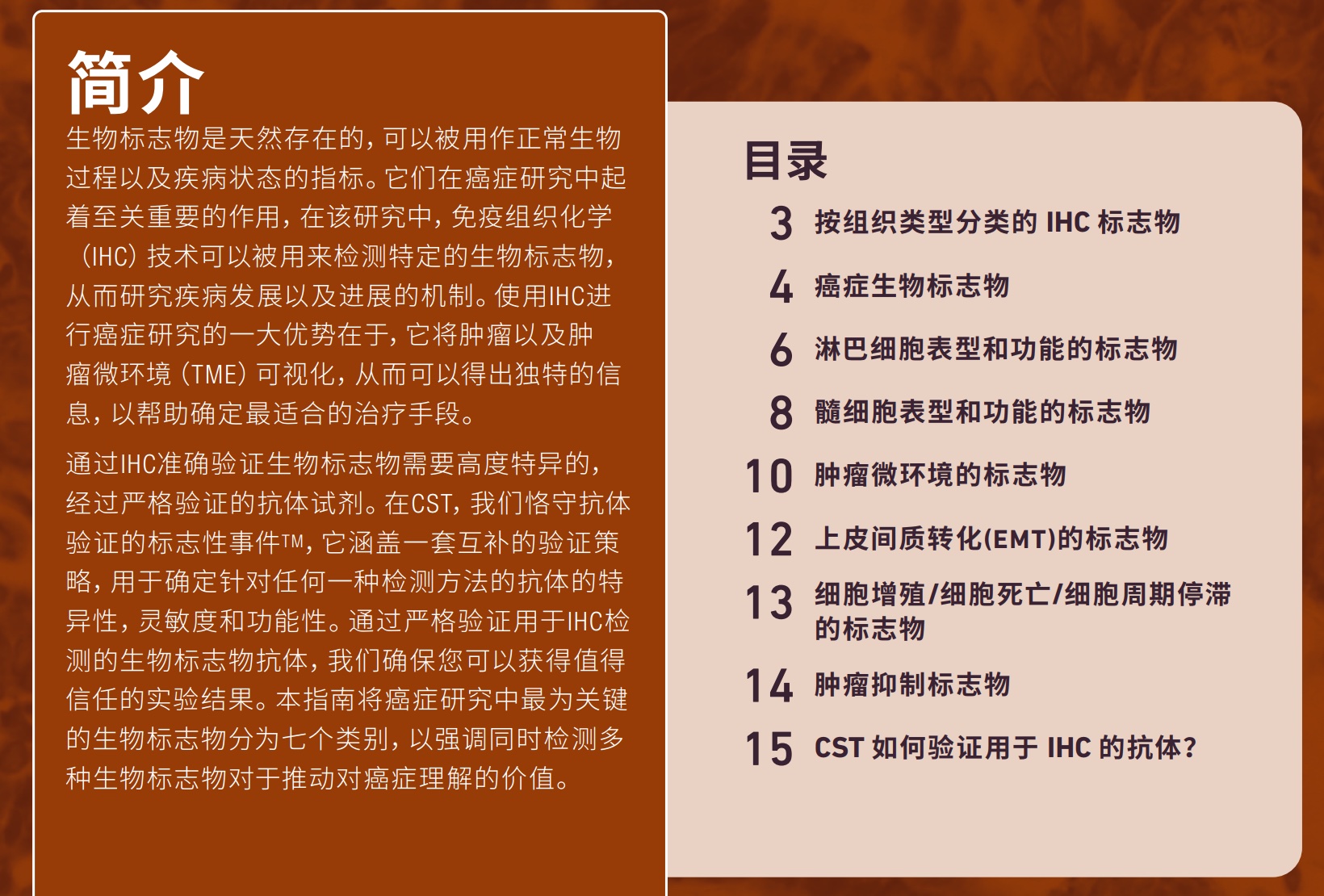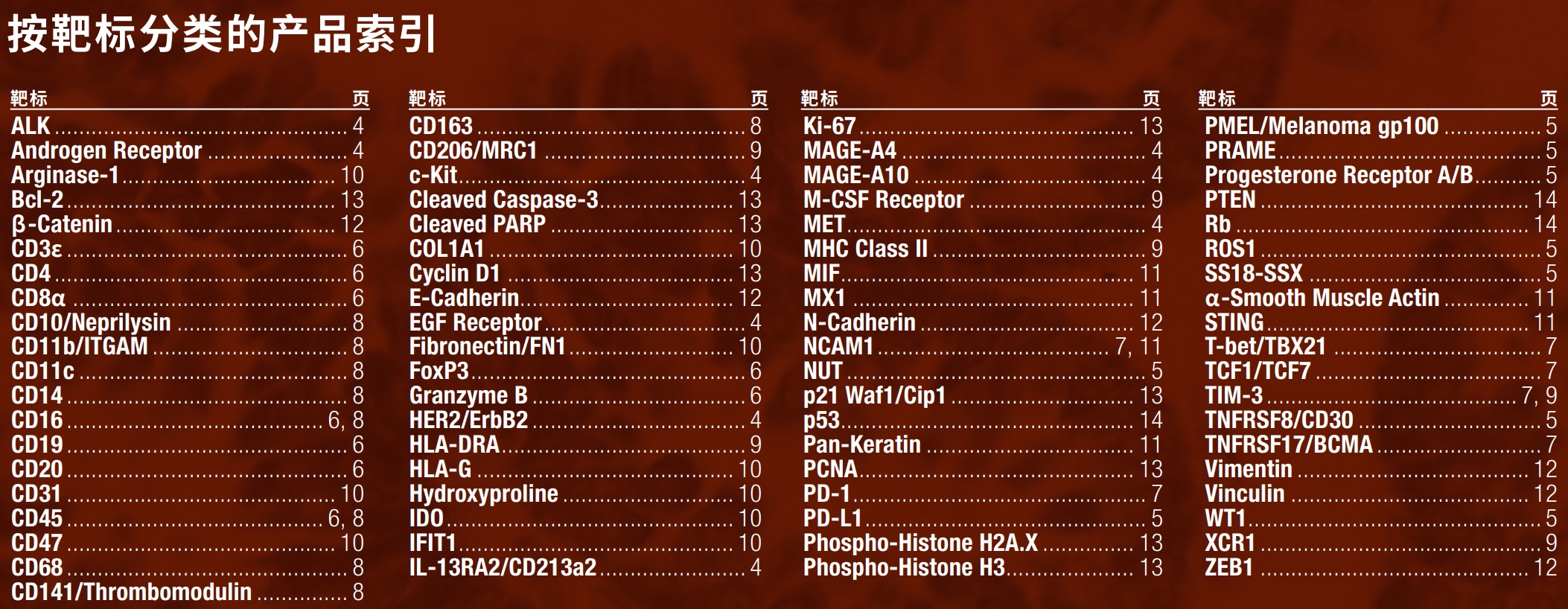Original link: https://kaopubear.top/blog/2025-05-03-how-to-learn-biomarker/
This article is a trial version of the content of the Xiongyan Xiongyu email newsletter membership plan . For the full content, please click on the newsletter homepage to subscribe and view it.
written in front
Hello, I am a bear who thinks about problems. This content is exclusive to readers who participate in the membership plan. Thank you for supporting my continuous creation through the membership plan. Zhanxinjia~
Contents of this issue :
As the beginning of the biomarker series, considering the different professional backgrounds of subscribers, I still feel that it is necessary to make an overall introduction. It can be used not only as an explanation of the content of this series, but also as a reference for you to learn related knowledge independently in the future.
In this issue, you will see:
- A Brief Introduction to Biomarkers
- Understanding the Six Different Dimensions of Biomarkers
- Which biomarkers to watch out for
- Specifically study the five levels of biomarkers
- Three biomarker study resources are recommended
Introduction to Biomarkers
The so-called tumor biomarkers , broadly speaking, can refer to any substance produced by cancer cells or other cells in the body in response to cancer or certain benign tumor diseases. What kind of treatment responds, or whether it responds to treatment, etc.
Traditionally, a tumor marker refers to a protein or other substance produced by cancer cells at higher levels than normal cells and which can be found in the blood, urine, stool, tumor or other tissue/body fluids of some cancer patients.
In addition to a large number of protein markers based on immunohistochemistry, an increasing number of genomic markers (eg, gene mutations, tumor gene expression patterns, nongenetic changes in tumor DNA) have been found in the tumor itself and in tumor fragments in body fluids.
A biomarker is any molecule that can be measured in blood, other bodily fluids or tissues. Based on the different sources of detection, we usually divide tumor biomarkers into two categories: circulating tumor markers and tumor tissue markers.
The former circulating tumor markers can be found in the blood, urine, or other bodily fluids (such as pleural and cerebrospinal fluid) of some cancer patients; the latter tumor tissue markers are present in actual tumors, usually from biopsied samples.
The National Cancer Institute of the NIH has listed some common tumor markers at present, and you can refer to them if you are interested.
Understanding the Dimensions of Cancer Biomarkers
If you want to understand biomarkers, try to think in the following dimensions.
From the perspective of the clinical role of biomarkers , it can be considered whether they are used for early screening, diagnosis, or guidance of treatment. The so-called guidance of treatment includes instructing patients on what kind of treatment (such as whether targeted therapy or immunotherapy should be performed). treatment), how the disease progresses or how effective the treatment is (such as MRD and ctDNA), and when treatment should be stopped/replaced (such as monitoring drug resistance).
From the application value of biomarkers , there is another category of classification methods called prognostic biomarkers and predictive biomarkers. Regarding the distinction between these two categories, you can roughly understand that prognostic markers can independently predict cancer outcomes (recurrence, progression or death), regardless of the treatment they receive , and if the effect of a certain treatment is between positive and negative biomarkers difference between the two groups, then it can be called a predictive marker .
From a biological perspective , biomarkers can include, but are not limited to: genome, epigenome, proteome, cell, and morphology, as well as genetic risk factors that predispose to or indicate disease occurrence.
As far as changes at the genome level are concerned, we can continue to classify with the help of a micro-to-macro perspective. As small as the amino acid change caused by a specific base mutation in a certain gene (such as BRAF V600E), to the deletion or amplification of a certain gene itself (such as MET amplification), to the mutation of a certain chromosome segment (cytoband), The overall genome instability of tumor cells may be the biomarker we are concerned about.
In terms of detection means , the most classic detection method for biomarkers is immunohistochemistry (IHC) detection, in addition to PCR detection, NGS-based DNA panel, WES, WGS and transcriptome WTS detection. In the product brochure added by Cell Signaling Technology (CST), there is a section describing the categories of cancer biomarkers detected by immunohistochemistry.


Finally, from the perspective of the detection range , sometimes it can be the detection of a single gene (indicator) (such as the expression level of PDL1), and sometimes it can be a combination of multiple genes (indicators) (such as the 21 genes and 70 genes of breast cancer detection, etc.), and sometimes it is necessary to make comprehensive judgments on a large number of sites in the genome (such as MSI TMB HRD detection, etc.).
how about this series
what we won’t talk about
As mentioned above, tumor biomarkers are really too big a topic. So what will we talk about when we talk about biomarkers?
First of all, the series of articles in this section will not involve the introduction of driver genes, such as EGFR, KRAS, etc. We will start a series of these important driver genes that can guide targeted therapy.
Secondly, we will not specifically involve most of the immunohistochemical indicators shown above, and will focus on tumor biomarkers based on NGS detection technology.
In addition, very important and popular application scenarios such as early tumor screening (DNA methylation and cfDNA fragment omics application) and MRD, we will introduce in detail through a series of articles separately.
Which biomarkers to watch out for
After talking about what we won’t talk about in this series, let’s talk about what we will talk about and how we will talk about it.
In this series of content, we will focus on those biomarkers that have clear clinical application scenarios and great potential application value , and at the same time involve as many different cancer types and treatment methods as possible, and cover the above-mentioned biomarkers as much as possible. From micro to macro and different detection ranges .
For example, we will involve biomarkers related to genome instability, such as homologous recombination repair defect (HRD), chromosome instability (CIN) and aneuploidy score (aneuploidy score); Genetic loss of heterozygosity.
In addition to introducing the biomarkers TMB and MSI of immunotherapy, biomarkers related to anti-angiogenic therapy and postoperative recurrence monitoring will also be involved.
In addition to the DNA level, biomarkers based on the expression patterns of multiple genes will also be involved.
Five Dimensions of Learning Biomarkers
For each biomarker, I will try to use as much controllable space as possible to complete the introduction of all levels as follows:
- Biological background : Understanding the biological principles of related indicators is the basis for understanding biomarkers, such as what is homologous recombination repair deficiency, and why high TMB is easy to respond to immunotherapy.
- Clinical application scenarios : Understand the application scenarios of this biomarker in different cancers and treatment methods, such as whether it is effective for a certain cancer type or multiple cancer types, whether it is effective for single drug therapy or combination therapy.
- Clinical verification process : It is often a very complicated and lengthy process from the proposal of a biomarker to its verification and then to its clinical application. Understanding important clinical trial milestones for biomarkers helps us appreciate the complexity of moving from research to clinic. ( Opportunities for integrated reading and learning of literature )
- Methods and products : A successful biomarker is often promoted by a core commercial company, and there are also iconic products, such as Myriad MyChoice for HRD, and multi-gene detection products Oncotype and MammaPrint for breast cancer prediction relapse. ( Opportunities to learn about successful business companies and products at home and abroad )
- Prospects and considerations : In this section, we will briefly discuss the current clinical application potential and limitations of these biomarkers, such as which clinical trials are in progress, and which developments we should pay attention to in the future.
Recommended resources for learning
If you are very interested in biomarkers or your work and scientific research projects will involve biomarkers-related content, I can recommend a few more ways to learn about them.

 Trial end
Trial end 

The remainder of the content is exclusive to readers participating in the membership program
You are welcome to support my continuous creation through the membership plan
If you are interested in this article, please subscribe to my “Xiong Yan Xiong Yu” member newsletter via email or WeChat. I will share with you the latest industry research progress in the field of tumor biomedicine and what I think and learn. If you want , click this link to subscribe for free. 
This article is transferred from: https://kaopubear.top/blog/2025-05-03-how-to-learn-biomarker/
This site is only for collection, and the copyright belongs to the original author.